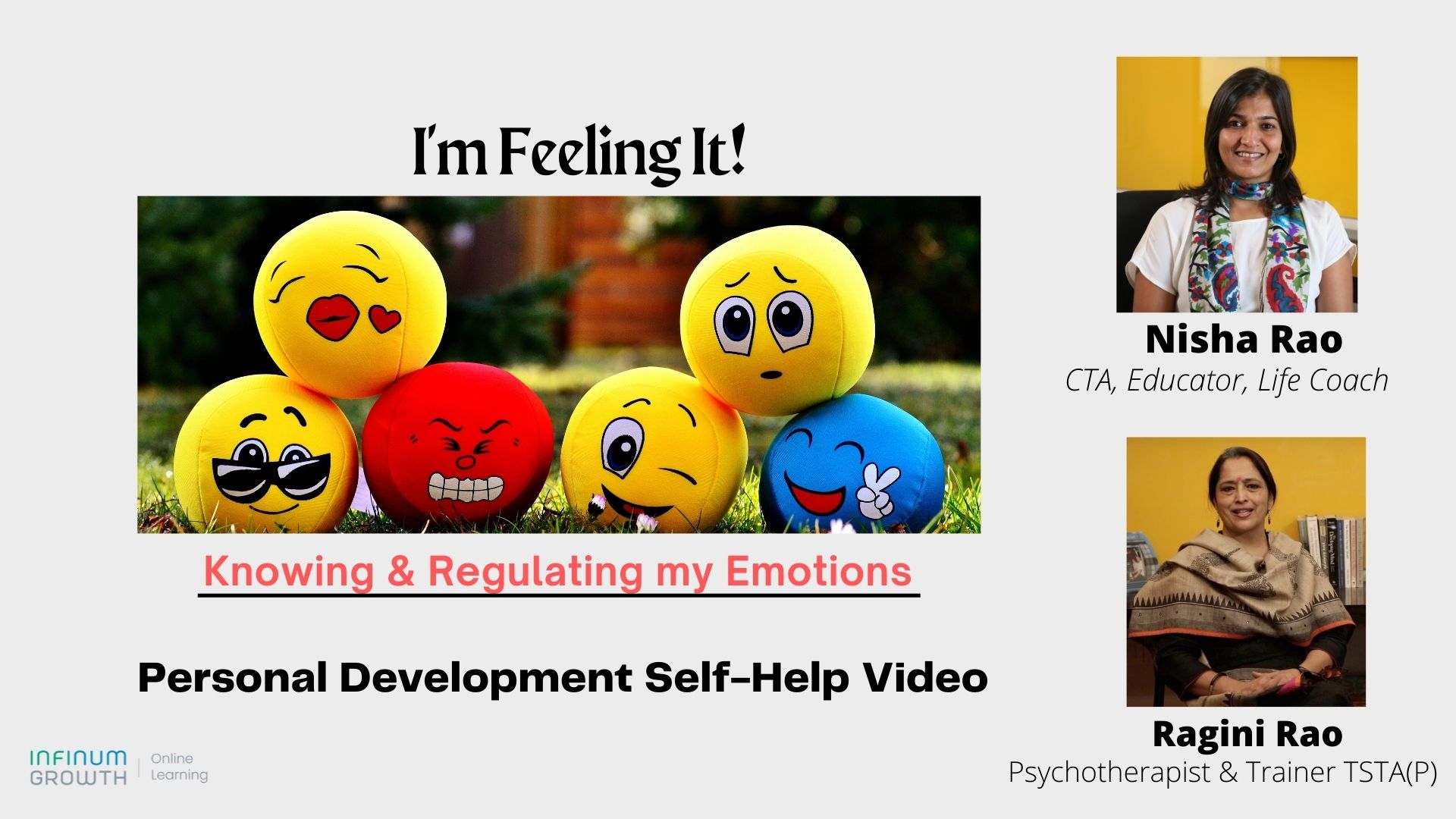With e-commerce and technology driven products and services, online ordering and personalized deliveries are becoming a high growth industry. More and more startups are now riding this trend, coming up with innovative ideas to service new consumer needs.
Added to that, a fast growing economy, with a large proportion of young, agile and aware population, provides a perfect setting for a large number of consumers to quickly catch up with and respond to these new trends.
On the other hand, national infrastructure, be it roads, transportation, electricity, telecommunication, internet services and real estate availability play a major part in enabling or hindering the delivery of these services to consumers.
Service Industry Imperatives
For businesses in the service industry, the most obvious distinguishing factor is the quality of Customer Experience the brand delivers– from order booking, to delivery to managing service issues.
Are these businesses conscious of this and are they really planning and designing their processes to give a 360 degree experience? Are they designing their services keeping in mind infrastructure bottlenecks? Are they ensuring that to overcome these bottlenecks, their internal systems are working and stretching themselves to the maximum to deliver their best in a highly competitive environment?
In the Service Industry, what goes on behind the scenes is the most important, to enable deliver the best service to customers.
What does that mean?
Pizza delivery as an example
Let’s look at a typical Pizza Service that promises delivery within 30 minutes.
To achieve such a delivery time, the organisation has to ensure, (1) the kitchens are located right to overcome traffic hurdles, (2) the order booking systems are delivering the requirements to the kitchens at lightening speed, (3) the kitchen responds with similar agility to produce the pizzas, (4) the packaging team does a quick, perfect job and hands over to the delivery team ,(5) who ensure that the pizza is delivered to the consumer in the committed 30 mins in a safe and smart way.
And all this, while each team is working with focus, without stress, and in tandem with the others to make everything happen with a smile!
Easier said than done, no doubt!
Teamwork across Functions
Clearly, therefore, the responsibility of serving the customer is NOT just the responsibility of one department; It is the accountability of every function and team in the organisation.
To enable all this, the sales and service teams need to work hand in hand with the Chef’s team, the Packaging Team and the Delivery teams. This also means that, the Administration Team has to ensure 100% up time of kitchen appliances and regular checks of vehicles deployed for deliver and the Materials Department’s supply chain has to be robust for materials to move from various vendors in the right condition before landing at the Stores.
On an ongoing basis the organisation needs to keep its focus on its vision and mission, keep the entire system alive and ticking with every single unit working in sync.
Smart organisations build a customer centric culture
Businesses that understand the need for this orientation are engaged in aligning the employees through various activities such as
-
Aligning the entire team to Organisation’s Vision and Mission
While many organisations have had vision and mission statements since a long time, the truly efficient ones are those that have aligned the entire team to these and make repeated attempts through team building programs, to instill these into employee minds.
-
Customer oriented goals and targets
Instead of setting targets with internal, departmental parameters and inward driven processes, organisations are asking all departmental teams to define goals and targets with statements starting with “Customers would be able to take the benefit of …….”or “Complaints from Customers would be reduced by …..” and so on. These are obviously more Customer driven.
-
Building bridges with Internal Customers
Every organisation has process chains where one department feeds inputs to the next till the final delivery to the customer. Each receiving department is viewed as an internal customer of the preceding department in the chain and only when they respect each other’s timelines will they be able to deliver to the customer on time.
The service provided to fellow employees, other departments within the organisations and to suppliers and resellers needs to be thus defined and targets set for internal customer satisfaction.
Valuing this interdependence of teams and bridging gaps to help each other is essential within an organisation and builds a customer centric culture all around.
-
Listening to the Voice of the Customer
Be it Production, IT, HR or the Finance team, organisations are now asking employees of all departments to meet customers face to face, at least once in every quarter, along with the Sales or Service Personnel, to listen to the feedback that the customer wants to give and then imbibe them for process improvements.
-
Barometer to measure Customer Satisfaction
Organisations now hire external agencies for measuring indicators such as the Customer Satisfaction Index or Net Promoter Score for setting benchmarks in service that can give an edge over competition.
-
Campaign on Customer First
Last, but not the least, campaigns on service initiatives are done by all departments of the Organisation, through workshops, activities, visual displays and oath taking ceremonies to infuse the thought that Customer is God.
With the number of services to consumers growing rapidly and competition in each segment increasing as fast, only the ones with the ability to deliver a consistently great customer experience will survive the race.
Please do leave your comments at the bottom and do share with others if you like this article.



















Very well said.